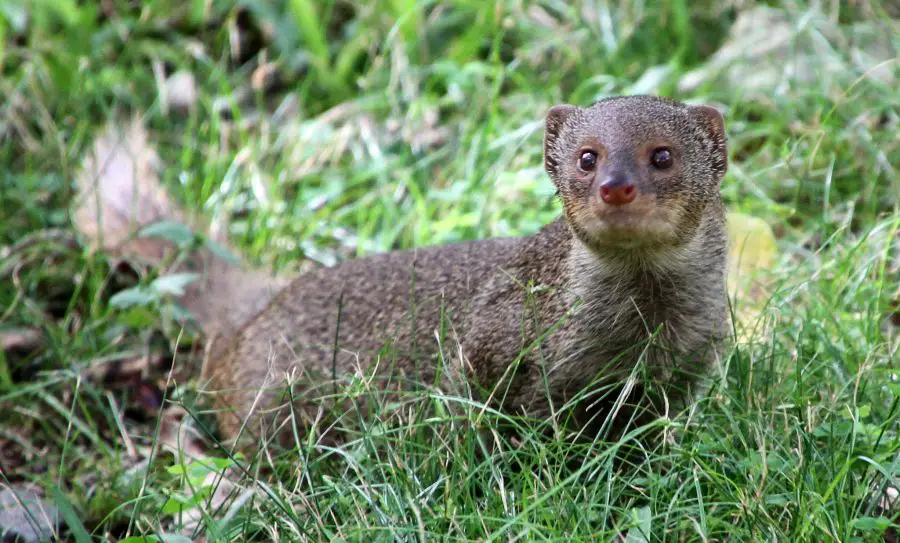For years, people have been asking the same question: are there kangaroos in New Zealand? The answer has long remained a mystery, but now, the truth can finally be revealed! In this blog post, we will explore the history of kangaroos in New Zealand and why they are not found there today. So if you’ve ever wanted to know the answer to the age-old question, “Are there kangaroos in New Zealand?” you’ve come to the right place! Read on to find out the truth.
The History of Kangaroos in New Zealand
Contrary to popular belief, kangaroos are not native to New Zealand. In fact, they have never been found in the wild on the island nation. So how did this misconception arise?
The most likely explanation is that early European explorers and settlers in New Zealand may have confused the large, hopping marsupials with a similar-looking animal that is native to the country, the wallaby. The wallaby, a smaller relative of the kangaroo, can be found in parts of New Zealand and is often mistaken for a kangaroo by those who are unfamiliar with the region’s native wildlife.
While there are no kangaroos in the wild in New Zealand, there have been instances of captive kangaroos being brought to the country for display or as pets. These individuals would have been carefully monitored and kept in captivity to ensure they did not escape and become an invasive species.
Despite the lack of kangaroos, New Zealand is home to a diverse range of unique and fascinating animal species, including the iconic kiwi bird, the tuatara lizard, and the Hector’s dolphin.
The Explanation for the Lack of Kangaroos in New Zealand
The lack of kangaroos in New Zealand can be attributed to a combination of factors. Firstly, it is important to note that New Zealand is an isolated island nation, separated from Australia by the Tasman Sea. Kangaroos are native to Australia and have never naturally colonized New Zealand due to the geographical barrier.
Another reason for the absence of kangaroos in New Zealand is the different habitats and ecosystems present in the two countries. Kangaroos thrive in the open grasslands and arid regions of Australia, which are not commonly found in New Zealand. The diverse and mountainous landscapes of New Zealand are more suitable for species such as the wallaby, which have adapted to the local environment.
Furthermore, New Zealand has strict biosecurity measures in place to protect its unique flora and fauna from invasive species. The introduction of kangaroos, which are highly adaptable and fast-breeding, could have detrimental effects on the native wildlife and ecosystems. Therefore, the New Zealand government has taken precautions to prevent kangaroos from establishing wild populations on the island.
In summary, the lack of kangaroos in New Zealand can be attributed to their absence from the region’s natural ecosystems, the geographical barrier separating the two countries, and the protective measures implemented by the New Zealand government to safeguard its unique biodiversity. While kangaroos may be an iconic symbol of Australia, New Zealand has its own array of fascinating and unique animal species that are worth exploring.
Other Animals Native to New Zealand
New Zealand is known for its unique and diverse wildlife. In addition to the iconic kiwi bird, tuatara lizard, and Hector’s dolphin, the country is home to many other fascinating and endemic animal species. One such species is the kea, a highly intelligent and mischievous alpine parrot. Known for their curiosity and playful behavior, keas are found in the South Island’s mountainous regions. They are known for their bright green plumage, sharp beaks, and loud, distinctive calls.
Another notable native animal is the kaka, a large forest-dwelling parrot. With their stunning plumage, including flashes of bright red and green, kaka are often regarded as one of the most beautiful parrot species in the world. They are skilled climbers and are known for their agility as they move through the trees in search of food.
New Zealand’s unique ecosystem is also home to the tuatara, a prehistoric reptile that has remained relatively unchanged for millions of years. Considered a living fossil, tuatara are found only in New Zealand and are often referred to as “living dinosaurs.” With their spiky crests and ancient appearance, they are a testament to the country’s rich natural history.
In addition to these animals, New Zealand is also home to a variety of unique birds, such as the tui, the kereru (or wood pigeon), and the weka. The country’s marine environment is teeming with diverse species, including the New Zealand fur seal, yellow-eyed penguin, and little blue penguin.
With such a wide range of native animals, New Zealand offers nature lovers and wildlife enthusiasts a truly captivating experience. Exploring the country’s natural habitats provides a unique opportunity to encounter these extraordinary creatures in their native environment and gain a deeper appreciation for the country’s remarkable biodiversity.
Kangaroo Sightings in New Zealand and Their Origins
Despite their absence from the native fauna, kangaroos have been spotted in New Zealand. However, these sightings are not of wild kangaroos but rather captive ones in zoos and wildlife parks. Kangaroos are a popular attraction in these establishments and are often kept in specially designed enclosures.
There have been instances of kangaroos escaping from their enclosures, leading to reports of wild kangaroos in New Zealand. However, these claims have been debunked as kangaroos are unable to survive in the country’s environment without human intervention.
Additionally, some have speculated that kangaroos may have been brought to New Zealand by early Australian settlers or as part of a circus. However, there is no concrete evidence to support these theories.
Despite the lack of wild kangaroos in New Zealand, visitors can still experience these fascinating animals up close in wildlife parks and zoos. The country’s unique native fauna, such as kiwis and tuataras, also provide an opportunity for visitors to observe and appreciate the diversity of New Zealand’s natural world.




